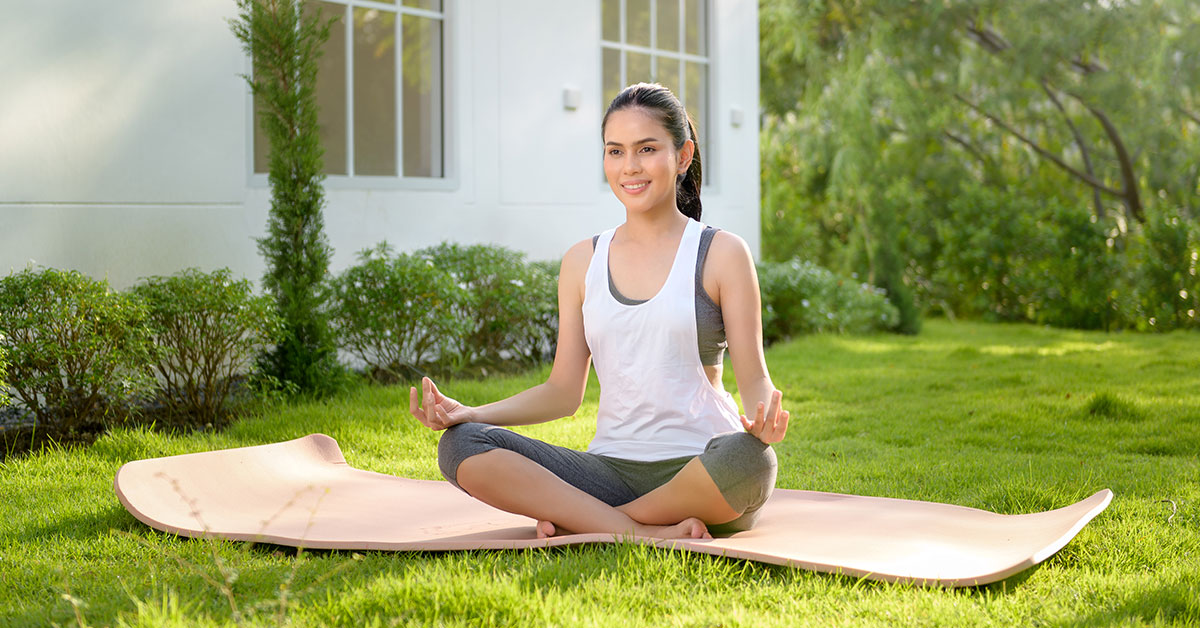In the hustle and bustle of modern life, stress has become an unwelcome companion for many. As the demands of daily living intensify, the need for effective stress management becomes paramount. One powerful and accessible avenue is through the practices of meditation and mindfulness. In this article, we explore the transformative impact of these techniques on stress reduction and the promotion of mental well-being.

Here are some Tips for Stress Management
1. The Essence of Meditation
At its core, meditation is a practice that cultivates a heightened state of awareness and a focused, calm mind. By engaging in intentional breathing, mindfulness, or guided visualization, individuals can detach from the chaos of everyday life and enter a space of tranquility. Meditation encourages a non-judgmental observation of thoughts and feelings, fostering a sense of inner peace and resilience in the face of stressors.
2. Unveiling the Power of Mindfulness
Mindfulness, a close companion to meditation, involves paying deliberate attention to the present moment. This practice, often rooted in ancient contemplative traditions, has gained recognition in contemporary psychology for its profound impact on stress reduction. By acknowledging and accepting thoughts without judgment, individuals can break the cycle of stress-induced rumination, promoting a greater sense of clarity, calmness, and emotional balance.
3. Techniques for Beginners
Breath Awareness: Start with focused breathing exercises. Inhale deeply, counting to four, hold for four counts, and exhale for another four counts. This simple yet powerful technique anchors the mind and reduces anxiety.
Body Scan Meditation: Progressively relax each part of your body, starting from toes to the crown of your head. This helps release tension and promotes a state of deep relaxation.
Mindful Walking: Transform everyday walks into a mindful practice. Pay attention to each step, the sensations in your feet, and the surrounding environment. This connects you with the present moment, fostering a sense of calm.
4. Integrating Mindfulness into Daily Life
Mindful Eating: Slow down and savor each bite during meals. Pay attention to flavors, textures, and the act of chewing. This not only enhances the eating experience but also brings mindfulness into daily routines.
Mindful Listening: Actively listen during conversations, free from distractions. Allow others’ words to unfold without immediate judgment or response. This deepens connections and reduces reactive stress.
Mindful Breathing Breaks: Incorporate short breathing exercises into your day. Take a few moments to focus on your breath, reset your mind, and promote a sense of calm amidst daily pressures.
Conclusion
In the fast-paced world we navigate, the benefits of meditation and mindfulness are profound. By integrating these practices into our lives, we unlock the potential for stress reduction, enhanced mental well-being, and a more profound connection with the present moment. Whether through structured meditation sessions or incorporating mindfulness into daily activities, the journey to managing stress begins with a single breath and a conscious step toward serenity. In the pursuit of a balanced and resilient mind, the practices of meditation and mindfulness stand as beacons, guiding us toward a calmer, more centered existence.

